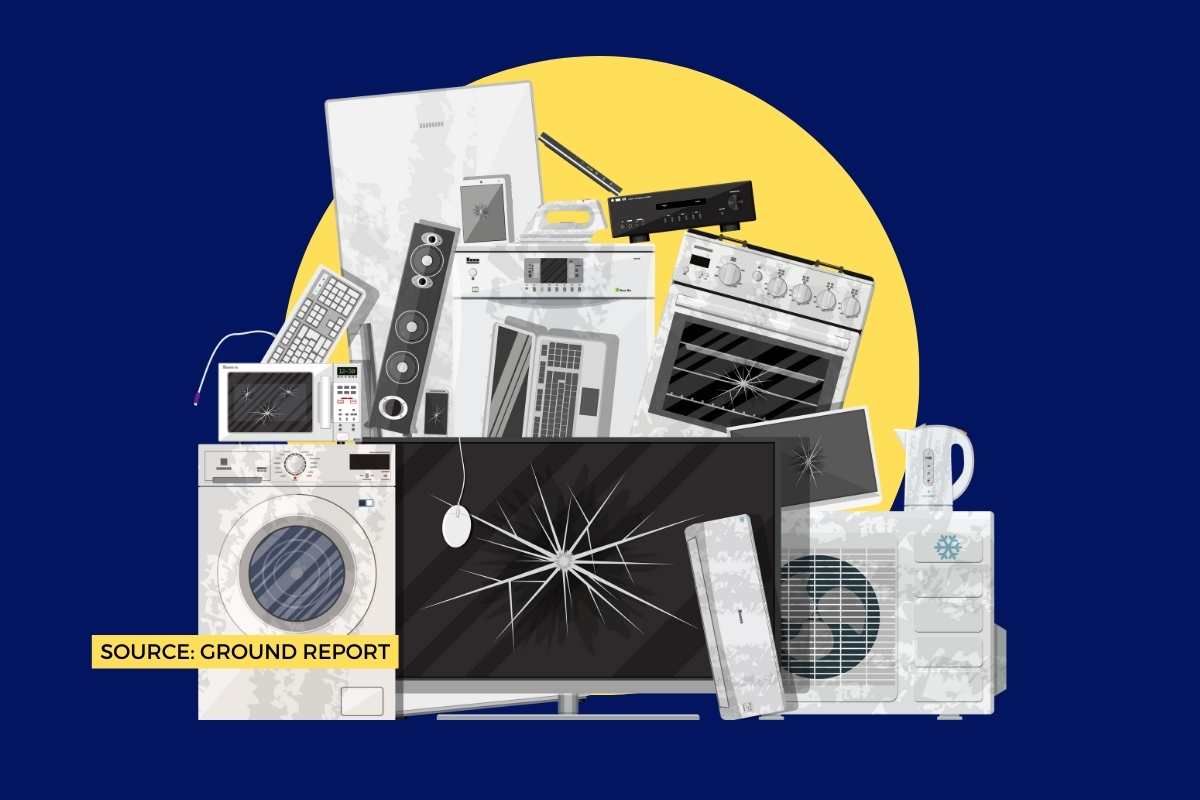In theory, everyone has the right to live and work in a clean environment. But this is just theory. In practice, ethnic minorities, indigenous peoples and different disadvantaged or poor groups are forced to live in environmentally dangerous, harmful or toxic conditions. We call environmental racism these unjust relationships that divide society into two parts: the one that benefits from clean nature and safe environmental resources, and the one that does not. So let’s understand Environmental Racism.
What is Environmental Racism
Environmental racism was a term coined in the United States by researcher Benjamín Chavis, after observing chemical contamination from industrial discharges, mainly in African-American neighbourhoods.
Environmental racism refers to racial discrimination in environmental policies; it is the deliberate discrimination of communities for some ethnic conditions to deposit toxic waste or install polluting industries. The areas for this type of activity are usually the outskirts of cities and those inhabited by traditional communities.
Environmental racism is a form of systematic racism that affects millions of people around the world. According to the World Economic Forum, it can take different forms and is often supported by discriminatory laws and policies. Inequalities can occur at the local level, creating differences between poor and rich neighbourhoods. It is in the latter where garbage cans are installed, higher levels of contamination are concentrated or the infrastructures fail to provide drinking water.
Some of the conflicts classified as environmental racism are:
- Displacement of populations.
- Effects due to environmental liabilities generated by the monoculture of sugar cane.
- Distributive ecological conflicts between the oil companies and the people.
- The systematic contamination of water sources and the environment, there is intimidation towards their communities and insufficient response by the State.
What form does it take?
Environmental racism can take various forms. One of the most common visualizations of environmental racism is the presence of incredibly polluting industries located near minority communities.
These industries can include coal-fired power plants, quarries, mines, smelters, and other large, highly polluting structures. These structures not only pollute the local air, but often, due to lax regulations, can lead to groundwater contamination and an even greater risk of other dangerous complications.
10 ways of looking at environmental racism
1. Living in the middle of the industry can affect mental health
A 2007 study from Social Science Research found that: Sociodemographic variables, perceived exposure, objective exposure, and food consumption are significant predictors of physical health and psychological well-being.
2. The areas with the highest temperatures within cities are the same areas that were segregated decades ago
A study of 108 urban areas across the country found that communities marked in red were hotter than those not subject to the red line. The temperature difference in some areas was almost 13 degrees.
Counties with large African American populations are exposed to extreme temperatures 2-3 days more per year than counties with smaller African American populations. Those same counties are projected to experience about 20 more days of extreme heat per year around 2050, according to the analysis.
3. Environmental racism is one of leading causes of death in communities
There are many factors that threaten the well-being of vulnerable communities, such as discriminatory policing and the availability of housing. However, environmental racism is actually one of the main causes of mortality for these residents.
Air pollution and extreme heat are killing downtown residents at a higher rate than almost all other causes.
4. It is cheaper for a corporation to pollute vulnerable communities
Various investigations share the idea that the fines imposed on companies for polluting tend to be lower in communities of colour and poor communities.
One factor that could influence this is whether or not communities can organize and mobilize to push for the cleanup they should receive, says Taylor, or even know when these cases go to court.
Dorceta Taylor, professor at the Yale School of the Environment
5. Many environmental conservation organizations have racist founders or namesakes
Many environmental conservation groups have racist histories, as in the case of John Muir, known as the “father” of the national park system and founder of the oldest conservation organization in the country.
6. The lack of governmental and organizational diversity perpetuates the problem.
Along similar lines, various organizations point out that the lack of diversity affects vulnerable communities because the political position of a leader has a great influence. In fact, the largest nonprofits tend to receive the most funding, and these are mostly led by white people.
7. Environmental racism doesn’t just affect low-income communities
According to this study, if a black person is positioned in the middle class and is well educated, they are more likely to continue to live on or near landfill communities.
9. Environmental racism can also be expensive for people of colour
Public services and their charges are an indicator of the ways in which environmental policies can affect people classified as vulnerable groups.
Read More
- Climate change poses ‘serious risks to mental health
- How is mental health related to climate change?
- Mental Health: 24×7 accepting hatred and negativity, How’s that gonna work?
- Prioritising Women’s mental health
- What are the 5 signs of mental illness?
Follow Ground Report for Climate Change and Under-Reported issues in India. Connect with us on Facebook, Twitter, Koo App, Instagram, Whatsapp and YouTube. Write us on GReport2018@gmail.com








